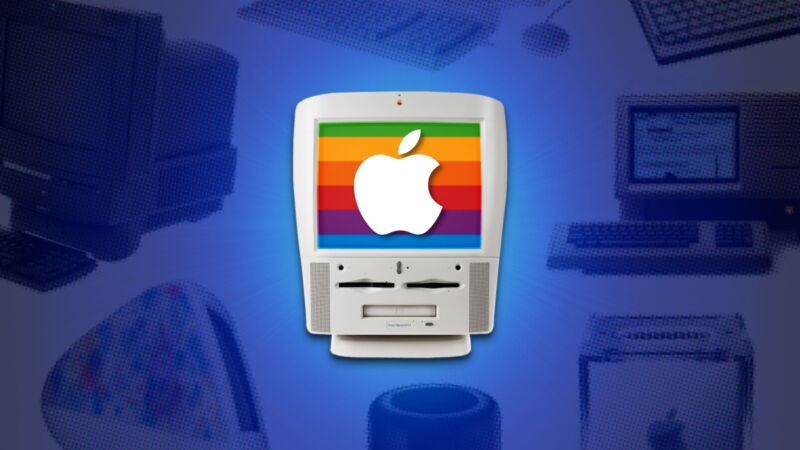
Enlarge / A Cruise robotaxi test vehicle in San Francisco. (credit: Cruise)
A law firm hired by the General Motors’ self-driving subsidiary Cruise to investigate the company’s response to a gruesome San Francisco crash last year found that the company failed to fully disclose disturbing details to regulators, the tech company said today in a blog post. The incident in October led California regulators to suspend Cruise’s license to operate driverless vehicles in San Francisco.
The new report by law firm Quinn Emanuel says that Cruise failed to tell California’s Department of Motor Vehicles that after striking a pedestrian knocked into its path by a human-driven vehicle, the autonomous car pulled out of traffic—dragging her some 20 feet. Cruise said it had accepted the firm’s version of events, as well as its recommendations.















































